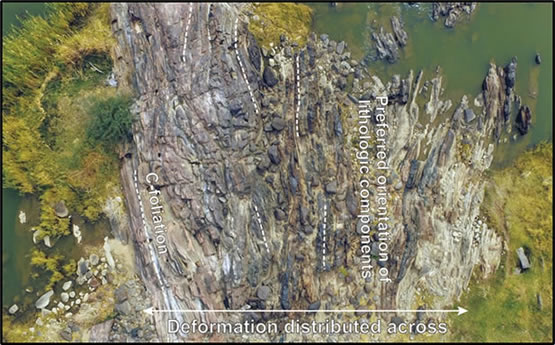EES Departmental Seminar: 2023 W.W. Hutchison Medalist, Dr. Jamie Kirkpatrick
Dr. Jamie Kirkpatrick
Associate Professor
McGill University
Title: When earthquakes go slow motion
Abstract: Earth’s tectonic plates move steadily past one another over geological time, but at their boundaries, major faults may be stationary or slip slowly over centuries to millennia, then rupture suddenly to produce earthquakes. Twenty years ago, scientists discovered ‘slow earthquakes’, which can be similar in magnitude to moderate-sized earthquakes, but their slip rates are slower so they can last for weeks, and don’t produce shaking that people feel. This discovery challenged our previous understanding of slip rates across faults, which we understood to basically be fast or slow depending on the properties of the rocks and the tectonic stresses. Assuming the range of slip rates we observe today also occurred in the geological past, field and microstructural observations of ancient faults and shear zones can provide unique insights into the processes, rock physical properties or environmental conditions that control how and why slip at different rates occurs. In this presentation, I will review methods for establishing the slip rates associated with different geological structures. I will then use the characteristics of ancient structures to suggest some potential controls on earthquake and slow earthquake occurrence. These insights illustrate how structural studies are needed to support the geophysical documentation of transient increases in slip rates associated with slow earthquakes, and also suggest reinterpretation of deformation structures may be necessary in some cases.
Time
Location
In-person: Milligan Room
8th Floor Biology-Earth Sciences Wing, Life Sciences Centre
Dalhousie University
